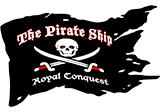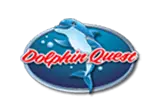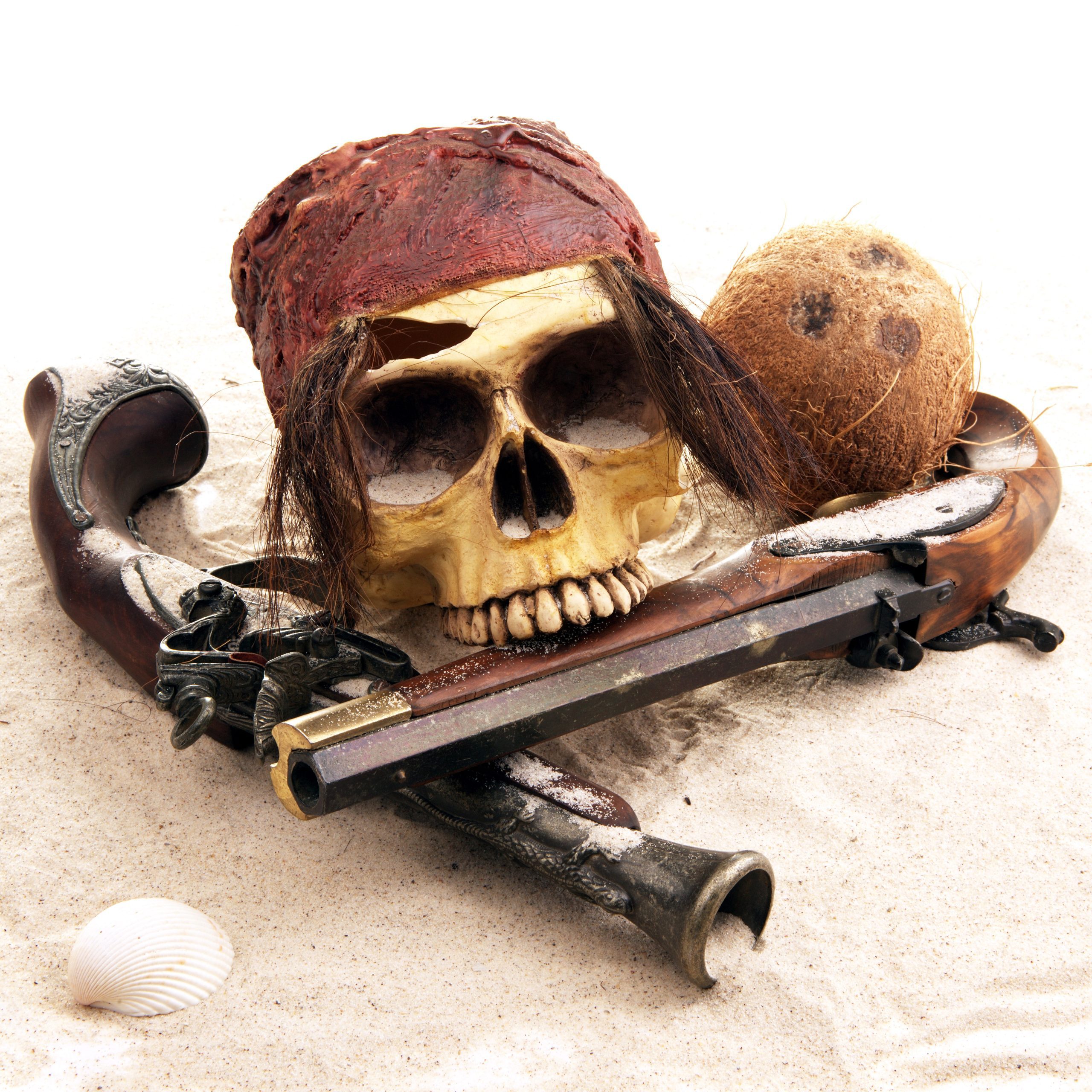REAL PIRATES OF FLORIDA
Sailing under the Jolly Roger is a rite of passage for many aboard the Pirate Ship at John’s Pass.
Adventuring along the Florida coast aboard a real pirate ship is as close one can get without actually
being one. With names as big as the sunshine state, the legacy of pirates who sailed the Florida
coast live on. From the iconic Gasparilla Pirate Festival to Blackbeard, these are the real pirates of
Florida.
Boat Tours at John’s Pass operates out of Madeira Beach, Florida, adjacent to St. Petersburg. Taking
a cruise on the Royal Conquest through Boca Ciega Bay is as scenic as it is legendary.
THE GOLDEN AGE OF PIRACY
Many an attempt has been made to romanticize the life of a pirate. The swashbuckling adventures
and tales of treasure chests erupting with booty make it an easy endeavor. The Golden Age of
Piracy is referred to as being the time between the 1650s and 1730s, when maritime piracy reached
its peak. Names that saturate folklore to this day rose to fame during this period: Calico Jack
Rackham, Bartholomew “Black Bart” Roberts, and Edward “Blackbeard” Teach, to name a few.
While most spent time plundering the Caribbean, many plotted course up the Florida coast, and in
doing so, left their mark.
Pirate infamy didn’t stop in the 18th century. Pirate attacks upon private vessels occurred in the Gulf
of Mexico up through the 1980s. Pirates continue to make their mark in the Caribbean and along the
Mexican coast. While pirates whose tales riddle modern entertainment are long gone, their legacies
remain.
JOHN LEVIQUE AND JOHN’S PASS
Long after the Golden Age of Piracy, a French peasant by the name of John LeVique was given a
choice: death or a pirate's life. LeVique’s hand as a pirate was gentler than most, refusing to force
captives to walk the plank or otherwise. His meagre earnings as an adventurer would lead him to a
different kind of entrepreneur as the namesake of John’s Pass.
After a short-lived plundering career, LeVique buried his small but respectable treasure on what
would become Madeira Beach. Retired as a pirate, LeVique naturally became a turtle farmer. On a
business trip to New Orleans to sell his beloved turtles, a storm ravaged the Florida coast. Upon his
return, LeVique found that the beach had been split in two, his treasure lost to the tides.
The new entrance to Boca Ciega Bay was named John’s Pass in honor of the former pirate. LeVique
would live out the rest of his days in the area until his death in 1873. Formerly, John LeVique Pirate
Days at John’s Pass Village hosted a hunt in search of LeVique’s lost treasure. Up until the most
recent event held in 2020, the whereabouts of the treasure remains a mystery.
THE LEGEND OF JOSE GASPAR AND GASPARILLA
Of the real pirates of Florida to have made an impact on the Tampa Bay scene, Jose Gaspar stands head and above.
Gaspar was feared, fierce and a true terror for those unlucky enough to have encountered him in the
Gulf of Mexico. The namesake Gasparilla Pirate Festival has been held in Tampa every January
since 1904 in celebration of the Spanish pirate. Only, Gaspar may never have existed.
The earliest mention of Gaspar is in a brochure by the Gasparilla Inn, located
to the south of Tampa Bay on the island of Boca Grande. Coincidentally, the brochure was
published in the early 1900s, around the time of the very first Gasparilla Pirate Festival. The
brochure paints a larger-than-life portrayal of Gaspar, claiming that his body is buried nearby. Other
sources claim that Gaspar is said to have met his end in the Tampa Bay, submerged in a watery
grave.
Regardless of origin, the yearly celebration of the man, or at least the myth, is symbolic of the spirit
of the Florida coast. Whether or not Gaspar existed, locals raise a mug of ale in celebration of a
pirate's life at the century-old festival.
CALICO JACK AND ANNE BONNY
Englishman John Rackham, known for his flamboyant attire which earned him the nickname
“Calico Jack,” was a pirate captain in the early 18th century. Serving alongside him were two
personalities equally as infamous as he: Anne Bonny and Mary Read. The trio captured ships
traversing the Caribbean for the better part of several years. Fans of the series Black Sails will
recognize Jack and Anne, pivotal characters in the fictionalized television program.
Calico Jack’s legacy reaches far beyond his Caribbean influence. As ubiquitous as the skull and
crossbones has become, Calico Jack can take credit for making it so. As it’s designer, the Jolly
Roger is the symbol of pirates worldwide. While Rackham and his crew may never have made their
way up the Florida coast far enough to have seen John’s Pass, his Jolly Roger has left an undeniable
mark on the region as the symbol of the NFL’s Tampa Bay Buccaneers.
FACT VS. FICTION
Sensationalizing and exaggerating is typical of a pirate’s life. After all, the life of a pirate must be
larger than life to live up to the real or imagined personalities involved. A visit to the Tampa Bay
History Center can sort fact from fiction and is a quick jaunt from John’s Pass Village. Followed up
by a cruise aboard the Royal Conquest, crewmembers will regale guests with tales and legends of
famed pirates of Florida.
Whether or not they’re all true is simply a part of a pirates life of grand adventure.
Sunshine Scenic Tours operates out of John’s Pass Village at Madeira Beach, Florida. Excursions
aboard the Pirate Ship Royal Conquest depart daily and include a fully immersive pirate experience
for all ages. For more information, visit www.boattoursjohnspass.com







